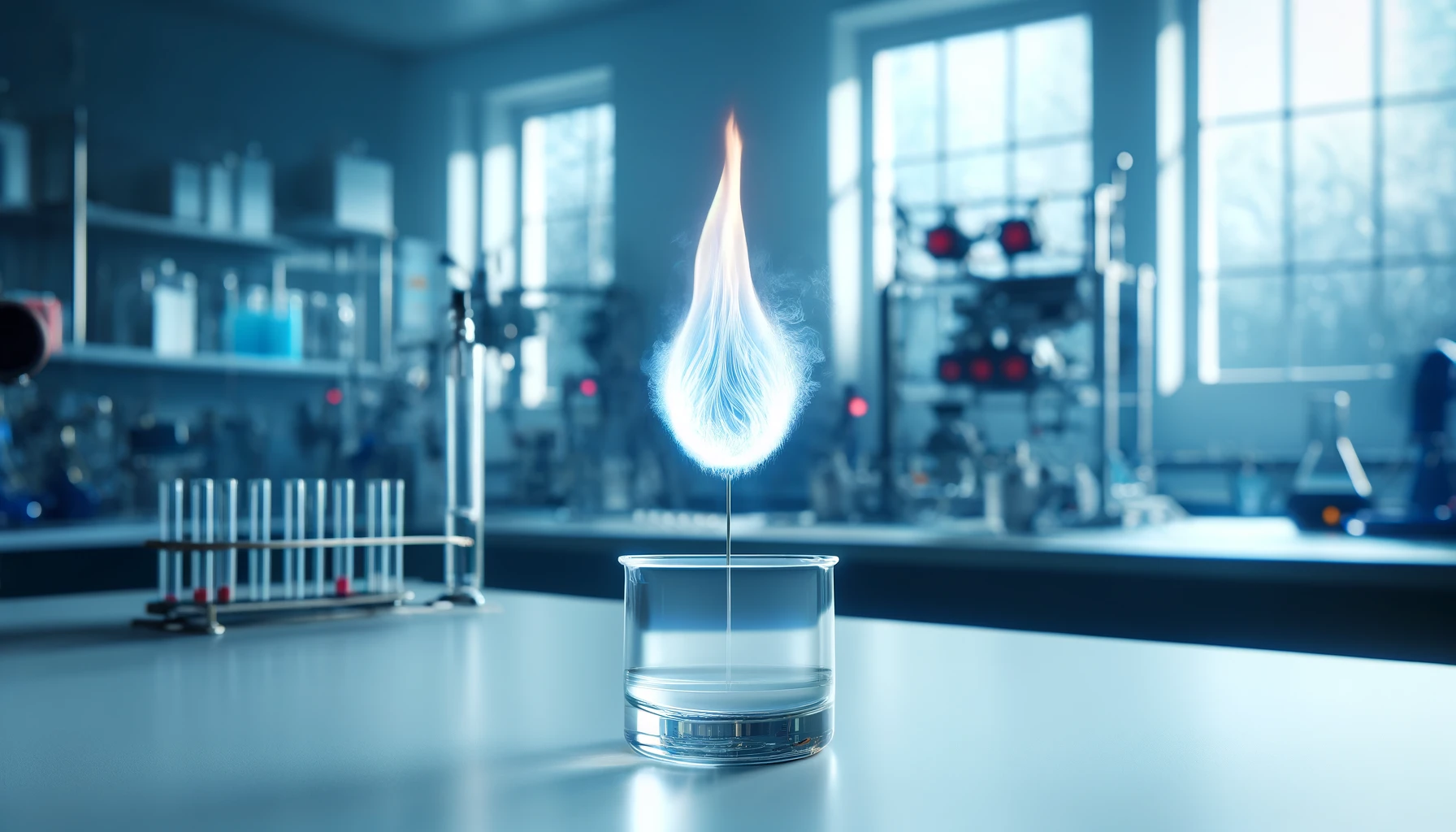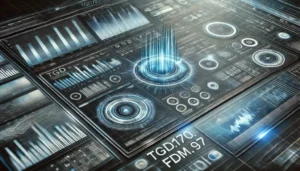Transparent:vw_dnit5jaa= Fire – Discovering the Science and Applications Behind It
Transparent:vw_dnit5jaa= fire might sound like something from a sci-fi movie, but it’s real and has some interesting uses. Imagine a flame that burns so cleanly it almost seems invisible. This type of fire, sometimes called transparent fire, doesn’t have the bright colors we usually associate with flames. Let’s explore what makes transparent:vw_dnit5jaa= fire special, why it happens, and how it’s used in various fields.
What is Transparent:vw_dnit5jaa= fire?
In simple terms, transparent:vw_dnit5jaa= fire is a flame that is nearly invisible. It doesn’t glow with the orange, yellow, or blue hues that we usually see in fires. This can happen when certain fuels burn in a way that produces very little soot or light. Typically, when we see fire, it’s because particles in the flames emit light. But with transparent:vw_dnit5jaa= fire, there’s almost no light emitted, making the flame hard to see.
This isn’t just a quirk of nature; it’s a scientific phenomenon. When a fuel like ethanol or methanol burns, it does so with very few particles that could emit visible light. These fuels are called “clean-burning” because they don’t produce much smoke or soot, which are the main reasons fires are visible.
The Science Behind Transparent:vw_dnit5jaa= fire
To understand how transparent:vw_dnit5jaa= fire works, let’s talk about what makes flames visible. When most fuels burn, they produce particles of soot and release gases. As these particles get hot, they start to emit light. The color of the flame depends on the type of fuel and how it burns:
- Orange Flames: These are common with wood and other organic materials, where the heat excites soot particles, making them glow orange.
- Blue Flames: These happen when there is a lot of oxygen available, as with gas stoves. The flame is cleaner, with fewer particles, so it appears blue.
With transparent:vw_dnit5jaa= fire, the flame can be almost invisible because there are fewer particles. The fuel is so clean-burning that there’s nothing to glow. Methanol and ethanol are two fuels that often produce transparent flames because they release very little soot or smoke. This can make them seem nearly invisible, especially in well-lit areas.
Why Would Anyone Use Transparent:vw_dnit5jaa= fire?
You might be wondering why anyone would be interested in using fire you can barely see. Transparent:vw_dnit5jaa= fire is actually quite useful in certain situations:
- Scientific Research: In labs, transparent:vw_dnit5jaa= fire helps scientists study the heat effects of combustion without the distraction of bright flames. This allows for more precise measurements and clearer observations.
- Safety Testing: Certain safety tests require an environment where heat is present, but visible light is not a distraction. Transparent flames provide a unique way to test materials under heat without visual interference.
- Entertainment and Visual Effects: On movie sets, transparent= fire can be used to simulate subtle flames, adding realism to scenes without overpowering them with bright light. This makes it ideal for special effects in films.
- Pyrotechnics and Stunt Work: In some cases, transparent flames are safer for controlled fire stunts, as they are less likely to cause visual discomfort or be overly distracting for performers and camera operators.
How Transparent:vw_dnit5jaa= fire is Used in Visual Effects
Imagine a scene in a movie where a character lights a candle, but the flame is meant to look ghostly or ethereal. Transparent:vw_dnit5jaa= fire can provide that effect. By using a nearly invisible flame, filmmakers can add post-production effects to highlight only parts of the fire they want the audience to notice. This gives them more control over the look and feel of the scene.
Transparent= fire also comes in handy when shooting scenes where a large flame is needed, but not the intense brightness that typically comes with it. By using transparent fire, directors can achieve a more controlled and specific visual result, helping to set the perfect atmosphere for the story they want to tell.
FAQs About Transparent= Fire
1. Is transparent= fire dangerous?
Yes, transparent flames are just as hot and dangerous as any other type of fire. The difference is only in how visible they are. Always treat transparent= fire with the same caution you would with any other flame.
2. Can I create transparent= fire at home?
Technically, yes. Fuels like ethanol and methanol can produce nearly invisible flames. However, attempting this at home is risky and should be avoided. Transparent flames are hard to see, which makes them more dangerous. Leave this to professionals who know how to handle fire safely.
3. What should I do if I encounter transparent= fire?
If you find yourself near transparent flames, be cautious. Even if you can’t see them, they can still cause burns. Make sure you’re wearing proper safety gear and using heat sensors if you’re in a setting where transparent flames are used.
4. Does transparent= fire have any everyday applications?
Not really. Transparent flames are mainly used in controlled environments like labs, film sets, and safety testing facilities. You won’t find transparent fire in common household settings because it doesn’t provide the same visible cues that traditional fire does.
Safety Tips for Working with Transparent= Fire
Since transparent= fire can be nearly invisible, it requires some extra safety measures to handle properly:
- Use Heat Detectors: Relying on sight isn’t an option with transparent flames, so it’s important to use heat sensors to monitor the flame’s presence and intensity.
- Wear Proper Protective Equipment: Always wear heat-resistant gloves, eye protection, and other safety gear to protect against burns.
- Keep Extinguishers Nearby: Since transparent flames are hard to spot, they can easily spread unnoticed. Always have fire extinguishers on hand and be prepared for quick action.
- Work in Well-Ventilated Areas: Transparent flames can still produce dangerous fumes, so make sure you’re working in a space with good ventilation to avoid inhaling any harmful gases.
Real-Life Examples of Transparent= Fire in Action
In one research lab, scientists use transparent flames to test the heat tolerance of new materials. By burning these fuels with transparent flames, they get a clear view of the heat’s impact without the blinding light of regular fire. This allows them to make more accurate measurements and collect better data.
Or consider the stunt work in action films. In some cases, transparent= fire allows for safer filming of scenes that involve fire. Since the flame doesn’t produce intense light, it’s easier for stunt performers to navigate the environment, reducing the chance of accidents.
Transparent= fire may also appear in haunted house attractions, where nearly invisible flames can add an eerie, supernatural effect to the setting. Visitors get the thrill of the fire’s heat without the full visual intensity, making for a spooky, unique experience.
Wrapping Up on Transparent= Fire
So, is transparent= fire real? Absolutely. While it’s not something most of us encounter daily, it’s used in specialized fields for a reason. Transparent flames offer unique benefits in safety testing, scientific research, and even entertainment. But as fascinating as it is, transparent= fire is also dangerous. Even though you might not see it, the heat is real, and the risks are just as present.
Transparent= fire may be invisible, but its applications are anything but. From the lab to the movie set, this rare flame proves that sometimes the most intriguing phenomena are the ones you can barely see. Whether you’re a scientist, filmmaker, or just someone curious about fire, transparent= fire is a reminder of the unseen forces that shape our world. So next time you think of fire, remember: it’s not always what it seems.














Post Comment